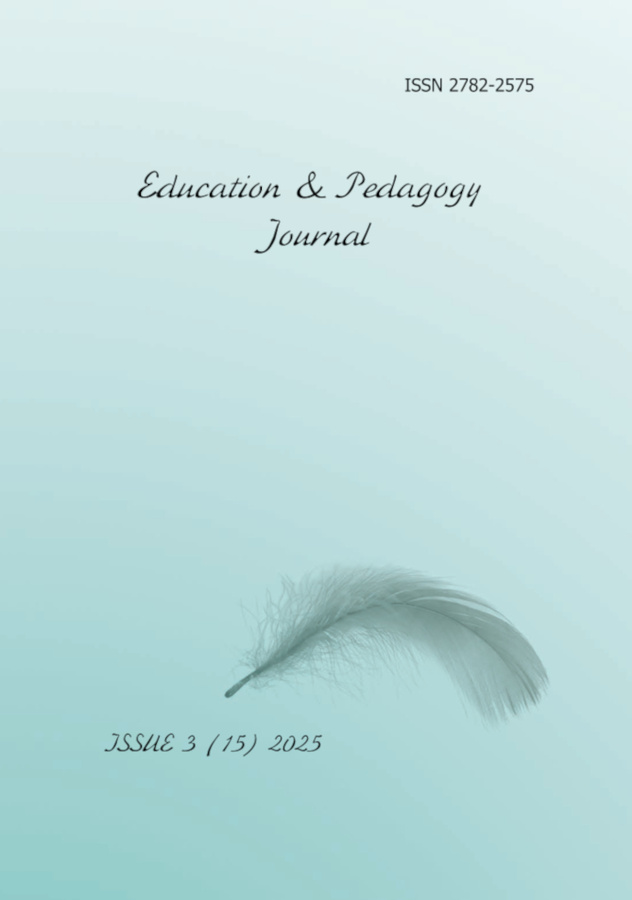In the era of global digitalization, it is becoming increasingly essential to create web content that meets the needs of a diverse audience, including people with visual impairments. In Russia, these issues are regulated by the state standard GOST R 52872-2019 and guidelines of the Ministry of Digital Development. Nevertheless, visually impaired users continue to face difficulties in accessing educational, recreational, and social platforms, as compliance with accessibility standards for digital educational environments is voluntary. The accessibility limitations identified necessitated a comprehensive review of online platforms for blind and visually impaired users, as well as the development of targeted solutions to enhance digital educational environments for these users. The following methods were used in the study: Heuristics, data analysis, testing, generalization of the results obtained, statistical data processing (KolmogorovSmirnov criterion), methods for evaluating the customer effort index (Customer Effort Score), and elements of a Customer Journey Map (CJM). The study involved 20 participants (10 blind and 10 visually impaired students aged 15–20 from Moscow, Ulyanovsk, and Cheboksary) who voluntarily completed eight standardized user tasks. The study expands our understanding of how blind and visually impaired users interact with digital learning environments. The findings highlight the need to incorporate both international and local experiences, develop a uniform accessibility standard across countries, evaluate the accessibility of web tools, consider how blind and visually impaired users perceive information and interact with digital spaces, and establish common accessibility standards for developers. These findings are relevant for developers and researchers working on digital tools for visually impaired users and other accessibility needs.
 5 - 28
5 - 28


 29 - 43
29 - 43


 44 - 57
44 - 57


 58 - 68
58 - 68


 69 - 88
69 - 88








